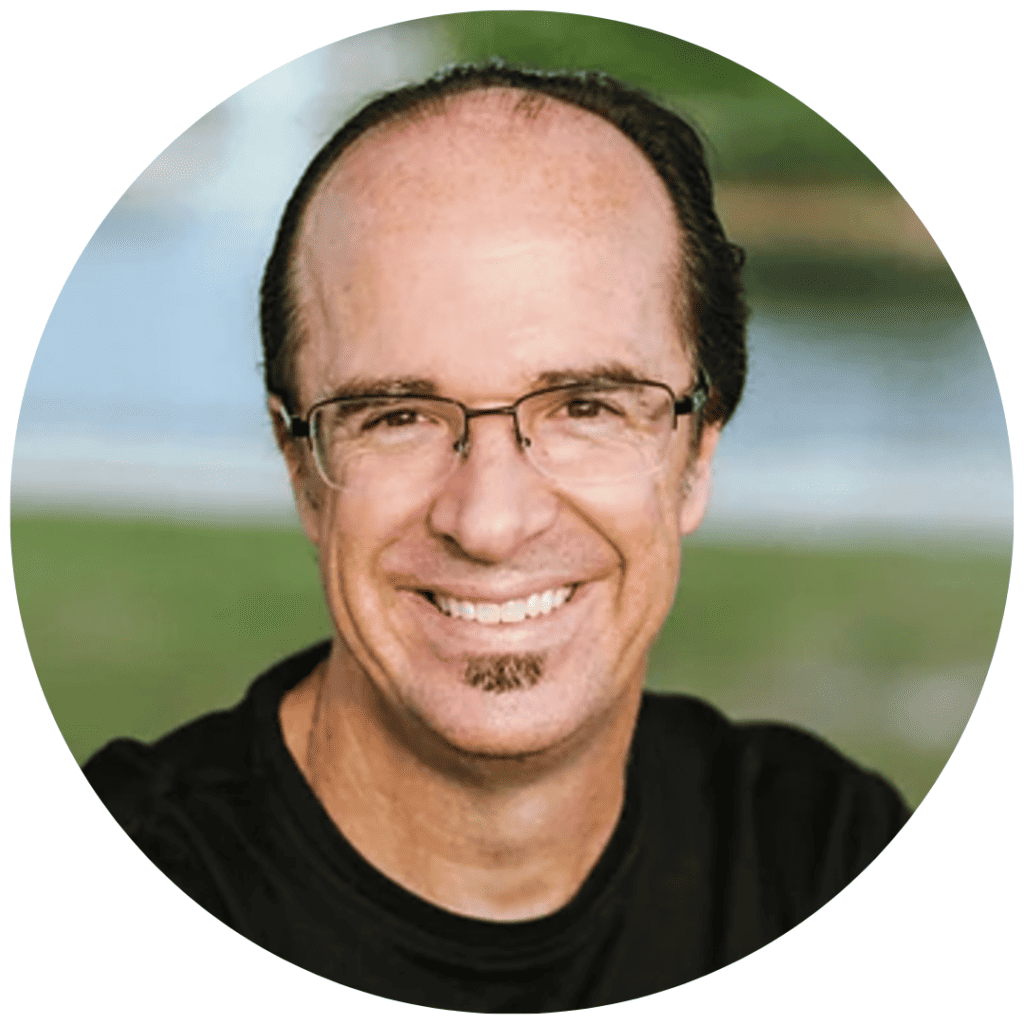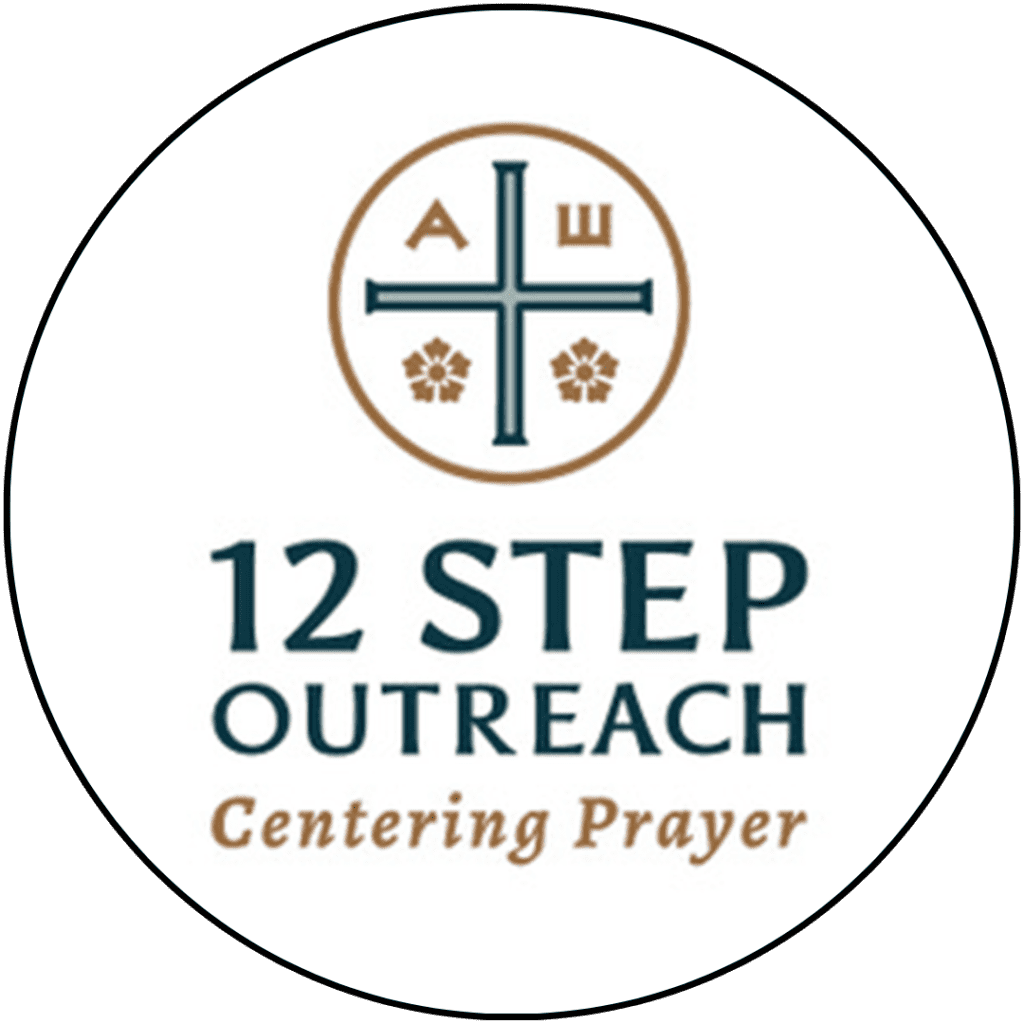In Part Two of this Roundup Blog, we bring you inspiring advice from another twelve leading Centering Prayer experts, as they respond to the following question:
What is your best advice for someone who is starting or deepening a Centering Prayer practice?
Discover what some of the top Centering Prayer leaders and teachers most want you to know about either beginning or maintaining your practice. Straight from them to you!
We encourage you to sit with each response for a moment to consider how you might make it real for yourself.
Enjoy – each piece of advice is invaluable!
Think of Centering Prayer as a conversation with God and it’s your turn to listen. Start slow – sit for 5-7 minutes and depending on your temperament, add 1 minute each day or each week until you can maintain a practice of 20+ minutes. Yes, your mind will wander. That is what minds do. Use your sacred word to center you. The long term gifts are immeasurable.

David Frenette

Julie Saad

Amos Smith
Author of Be Still and Listen and creator of Recover Christianity’s Mystic Roots
If you are starting on the path of Centering Prayer, I recommend the following method to establish your regular prayer time:
- Pick a month on the calendar when you plan to begin centering prayer in earnest.
- Determine that you will do centering prayer every day for thirty days and mark each day on the calendar when you fulfill your commitment.
- Be easy on yourself for these thirty days. Simply sit as long as you can manage. Don’t get fixated on the amount of time you sit. Just create the habit of sitting every day.

Phileena Nikole

Tia Norman

Colleen Thomas
A Spiritual Director and Television Producer with an MA in Theology and Art from Fuller Theological Seminary. Based in Los Angeles, she is founder & curator of Soul Care LA.

Brian Russell
“Remember your intention: To sit quietly in the presence of the God who loves you. Then: be curious, be patient, and be consistent in your practice.”

Caroline Oakes

Kit Snyder
at The Center for Contemplative Living/Contemplative Outreach of Colorado.
When you begin Centering Prayer, remember that this an experience and a way of life to which
you have been called by your higher power. It is not an easy journey. It will take perseverance,
prayer and faith in the process, and it will create transformations in ways you never expected.

Keith Kristich
We live in a chaotic and off-centered world and centering prayer is meant to bring us to center, the divine Center within. Don’t expect this to be a peaceful process. Show up in centering prayer with all of your messiness and let go of all that is chaotic in you. As you practice letting go during centering prayer, you cultivate the ability to let go and re-center in your everyday, ordinary life and in so doing, you will find yourself able to stay grounded in our wild world.
The recommended practice of 2 – 20 minutes sits per day is transformative. If you need start out with less and to build up to that, it is ok. Just keep at it.
Attending an in-person meditation meeting, an online Zoom meeting, or a Centering Prayer group can help you a great deal in either starting a practice or deepening an established practice.

Chandra Hanson
Providing support and resources to those affected by incarceration as they learn and practice Centering Prayer.
First (always!) comes the commitment to our own twice-daily practice (which definitely doesn’t mean waiting until we can live the commitment perfectly!)… but that consent opens us to a deeper call! Hands down, what I’ve seen for myself and others is that sharing Centering Prayer with folks affected by incarceration can open one’s heart not only to exponential personal growth and transformation, but also to deep experiential knowledge of our interconnectedness. There is a lot of hard-earned wisdom born of suffering behind the walls of locked facilities, not to mention incredibly fertile ground for understanding the kind of freedom that cannot be taken from us.

Ruben L.F. Habito
Former Jesuit priest, founder of the Maria Kannon Zen Center, and Director of the Spiritual Direction program at SMU Perkins School of Theology
As a means for bringing your Centering Prayer practice into your everyday life, pause from whatever you are doing throughout your day, take a deep breath and savor that moment. Then take another breath, and do the same. And then once more. Soak yourself in the Reality that you are Beloved. Everything around you is conveying this message to you. The trees, the grass, the sky, the clouds, the people around you, the wind, the sun, the moon – each one of these bears a message for you. Be still, and know!
Let us know what advice meant the most to you – please share your comments below. We always love hearing from our readers.
May your Centering Prayer practice be deeply rewarding!
– Keith and Jana




Thank you Rubin Habito. Your words were just what I needed today. ❤️
The Divine Presence of love surrounds us and is within us in every moment. As we sit in the silence of our Centering Prayer practice, letting our thoughts come and go, our only intention is to simply open ourselves to that presence of love and the transforming action of God’s grace that comes with it. That transformation, over time, changes us so that we increasingly become that love and grace in our daily lives. How that happens, I have no idea. That is happens is the mystery of the Divine at work within and through us.
“I used to sit on a zafu cushion or on the edge of a chair with my back upright for my centering prayer sit. But now I make a point to make myself very comfortable, sitting with my legs crossed in a favorite upholstered chair. I still sit with my back upright, but I am so comfortable that I find I look very forward to my prayer sit each day. As a teacher friend of mine once said, “Imagine yourself resting in the all-surrounding comfort and love of God. Because you are.” I appreciate this comment from Caroline Oakes. I sometimes find it easier to practice in a comfortable seat. Thank you.
Phileena Nichole and Rubin Habito both had answers that resonated with me.
The idea from David Frenette of being not free from thoughts but free in thoughts resonates with me. I also appreciate the wisdom from Julie Saad, that the fruits of the practice are found in our daily life. So true!
I found David Frenette’s statement about being free not FROM thoughts but IN thoughts very helpful.
““Remember your intention: To sit quietly in the presence of the God who loves you.” – Brian Russell.
In meditation and activities my focus is offering God my love. To switch to “I’m in the presence of the God who loves me” will be monumental. I’m doing it now…”I am typing these words in the presence of the God who loves me.” God is loving me…now. (Not in some imagined future, after I’ve grown spiritually enough, meditated enough or loved Him enough, lol).
So many wonderful thoughts here shared. Just a few: David Frenette’s distinction of being “not free from thoughts,” but “free in thoughts”, or Julie Saad’s pointing to the actual fruits of CP being in daily life, not in the actual practice itself. Phileena Nikole’s reminder that this is a practice of intention, letting go of anything that fixates my attention. This is such wisdom to carry forward in my day, as I can be fixated by many things, such as another’s words to me. I also appreciate Colleen Thomas’ encouragement to practice silence at other times in my day besides CP or Caroline Oaks idea to imagine myself resting in the all-surrounding comfort and love of God. Keith’s reminder of our messy world and to bring all of that messiness to CP, letting go of all that is chaotic there. Ruben L.F. Habito’s words to pause from whatever I am doing throughout my day to take a deep breath and savor the moment, and to repeat this several times, soaking up the reality that I am Beloved. Thank you all; this is helpful.